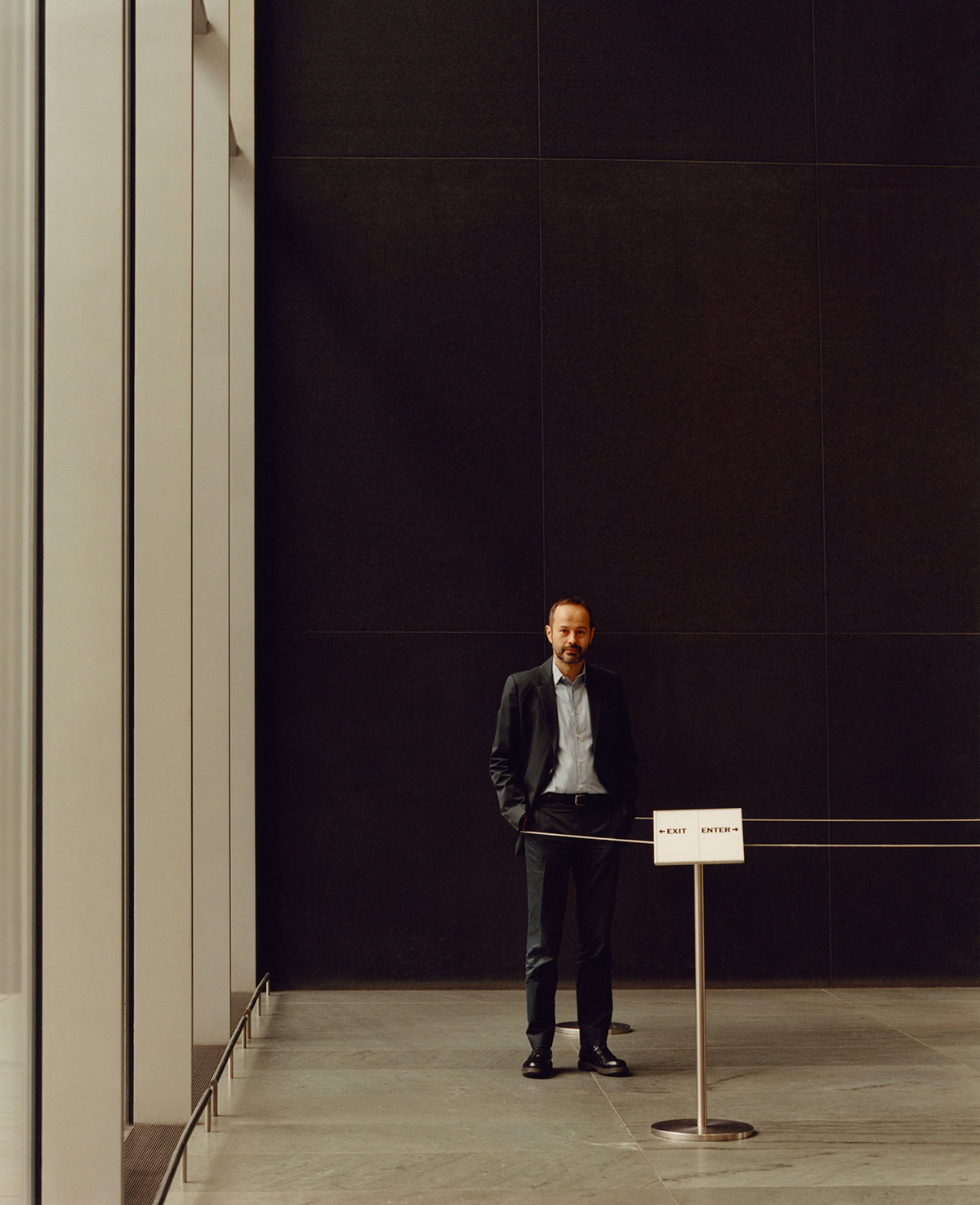
Conversation with LaToya Ruby Frazier and Quentin Bajac, Document Journal, Spring 2016 issue
In the winter of 2013, Quentin Bajac and LaToya Ruby Frazier had their respective major New York debuts, of sorts. That January, Bajac became the Chief Curator of Photography at The Museum of Modern Art; he had previously worked in Paris—first at the Musée d’Orsay and then at the Centre Pompidou. During the 86-year history of MoMA, there have been only four chief curators of the photography department: Beaumont Newhall, Edward Steichen, John Szarkowski, and Peter Galassi. Each of these curators altered the course set by his predecessor. Since joining MoMA, Bajac has explored the relationships between photography and other mediums in addition to assembling Photography at MoMA: 1960 to Now, the first book since 1973 to highlight the museum’s catalogue of photography.
Just a couple of months after Bajac joined MoMA, Frazier had her first institutional solo exhibition, A Haunted Capital, at the Brooklyn Museum. Informed by documentary practices from the early 20th century as well as conceptual art and performance, Frazier explores the intricacies and particular histories of place, race, and family in work that is a hybrid of self-portraiture and social narrative. Her hometown of Braddock, Pennsylvania, a once-thriving steel town, forms the backdrop of her images, which make manifest both the environmental and infrastructural decay caused by postindustrial decline and the lives of those who continue to live amongst it. Last fall, she won the prestigious MacArthur Fellowship, often referred to as the “Genius Grant.”
The formidable pair discuss the history and future of photography at MoMA, the documentary tradition, and the changing boundaries between art and photography today.
